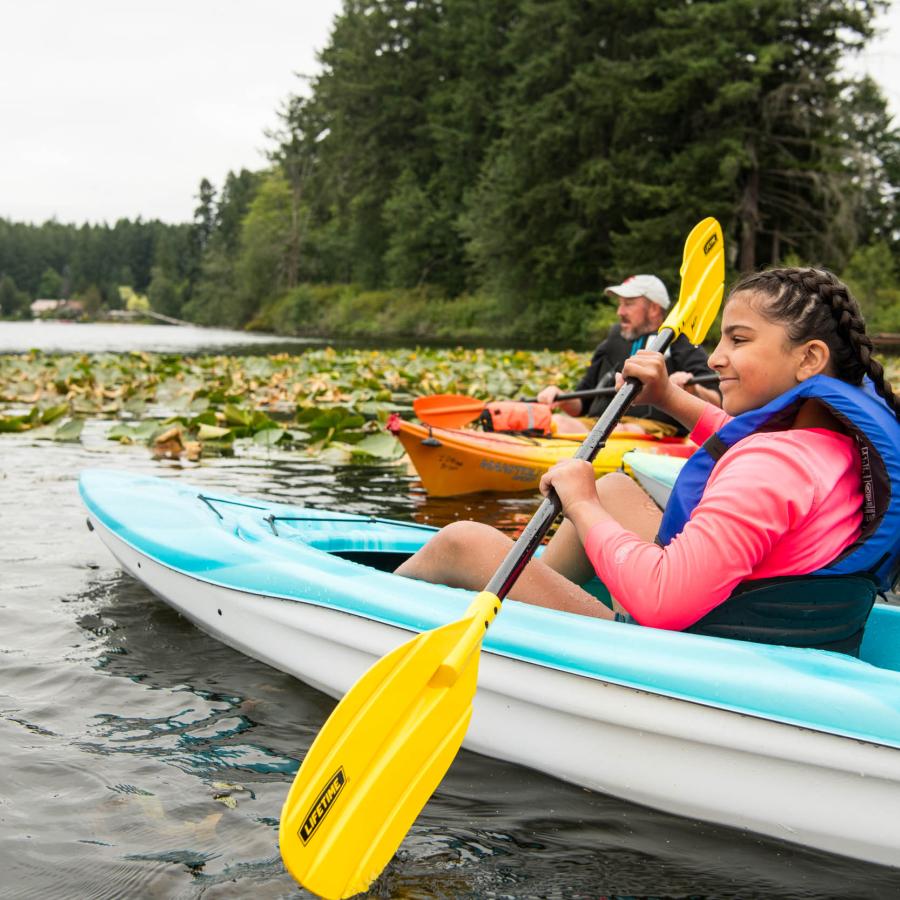
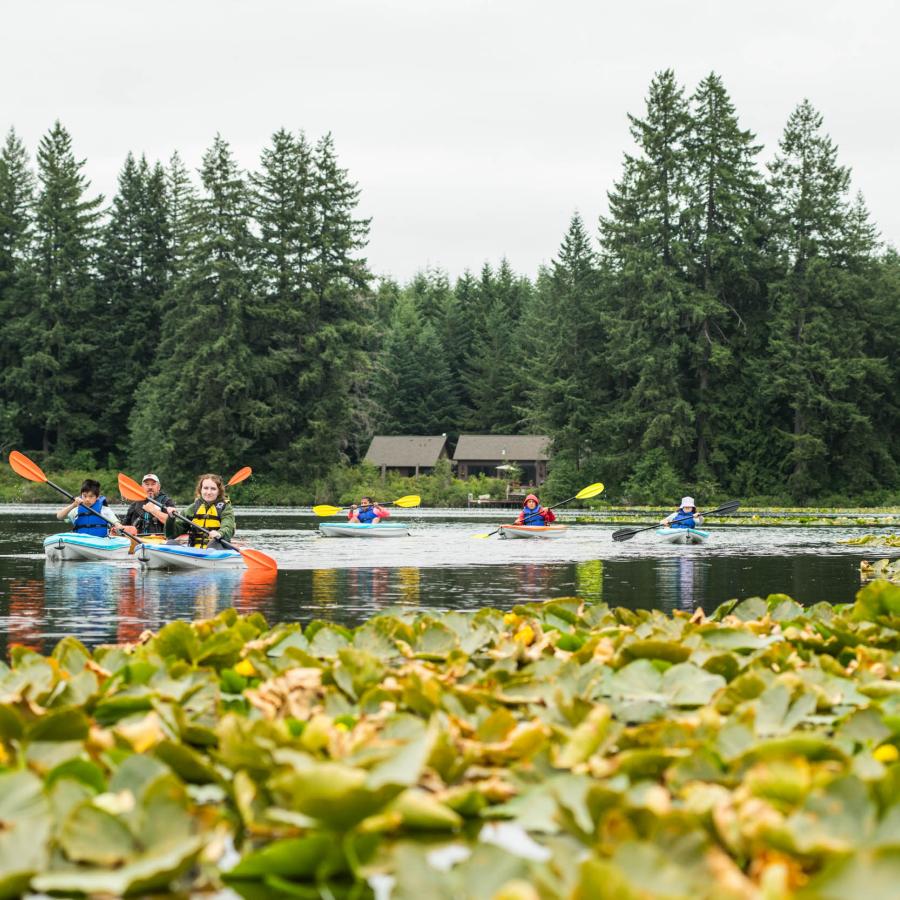
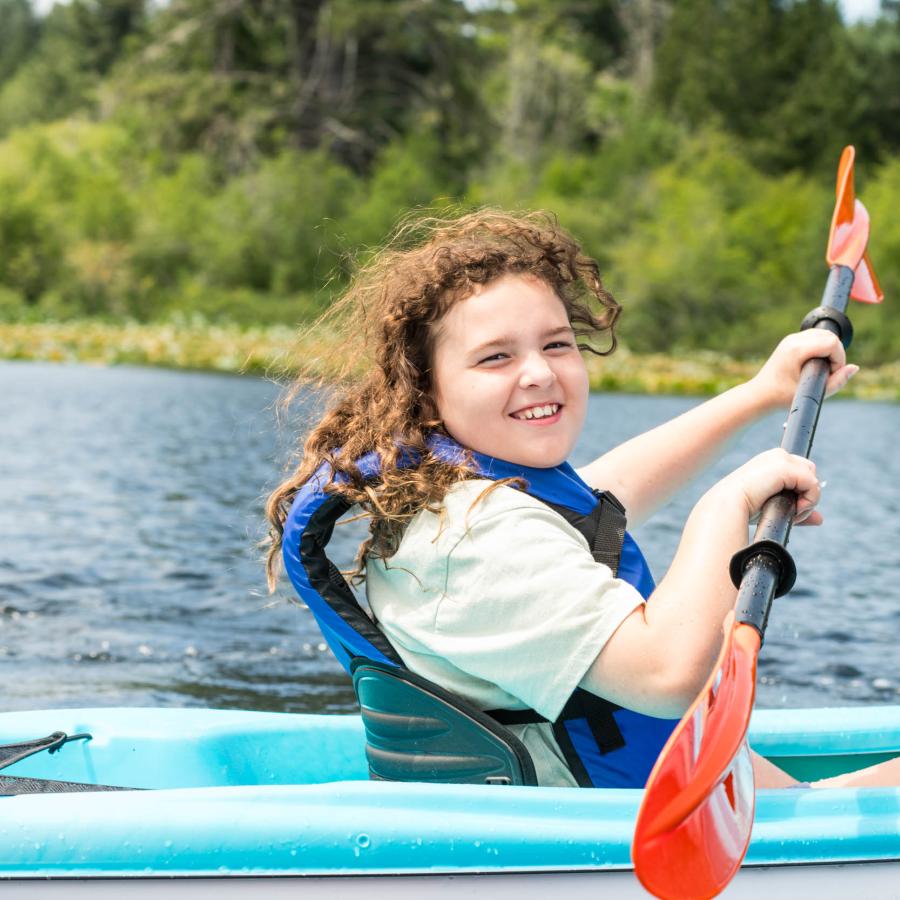
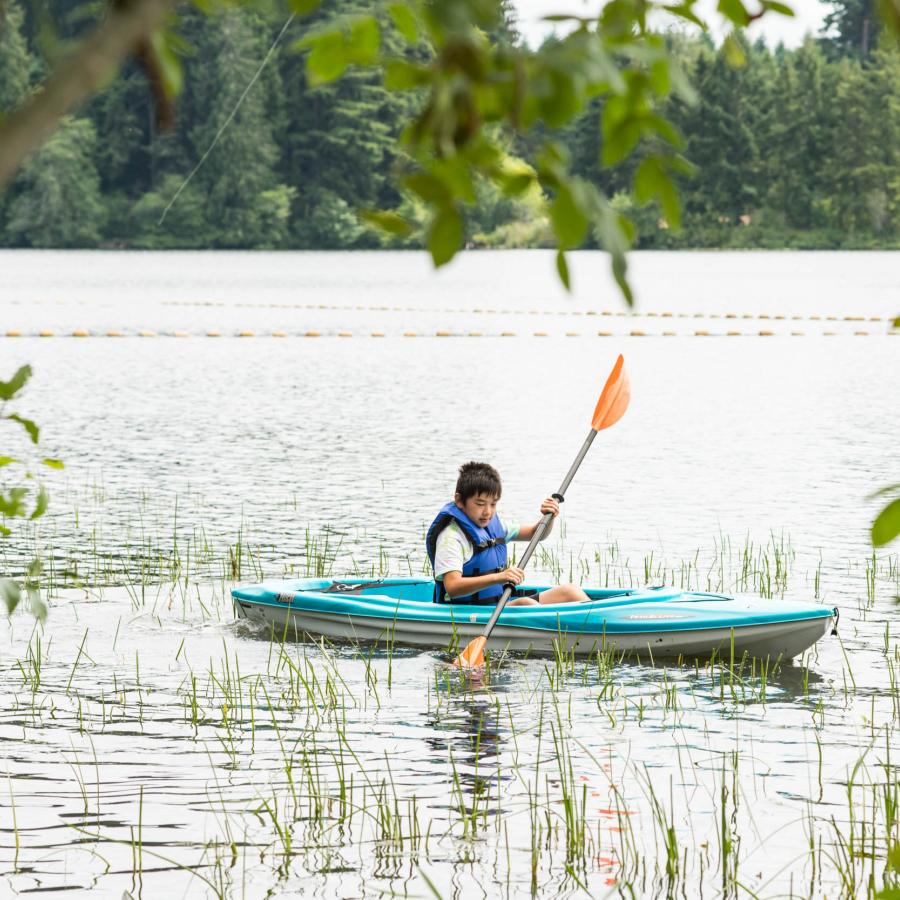
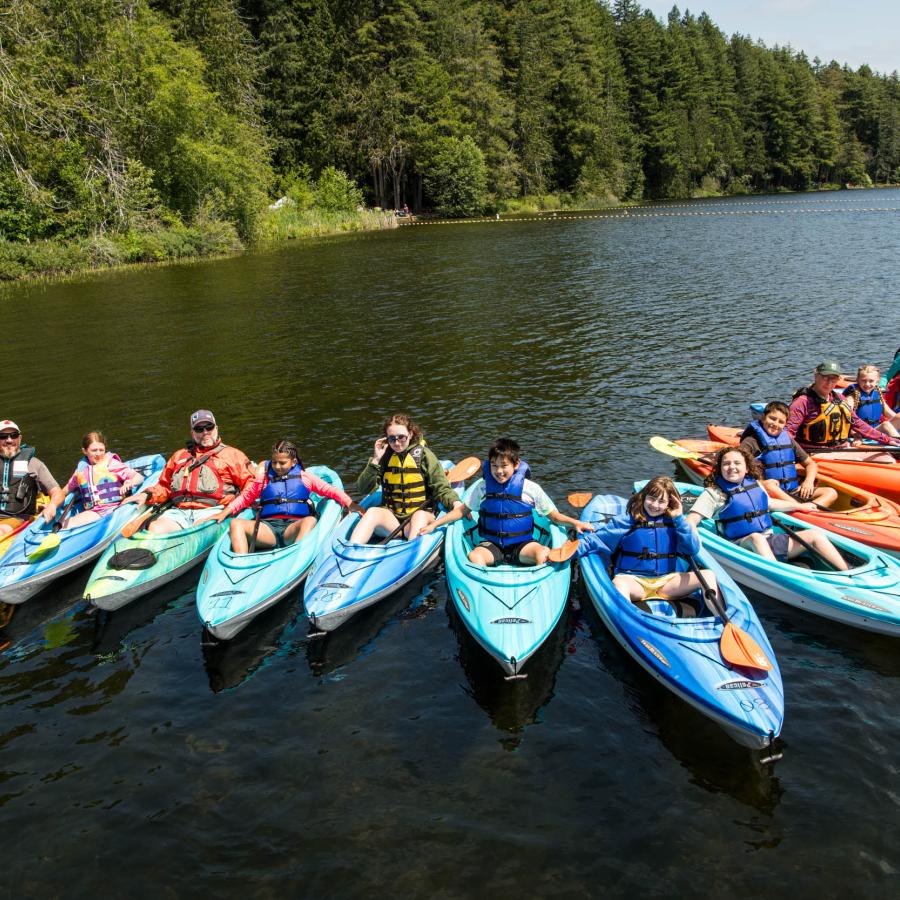
We're updating our camping and moorage fees to continue providing great experiences for visitors amid inflation and rising costs. You will see a rate increase for camping stays booked for May 15 and beyond. Moorage fees will increase Jan. 1. Learn more here.
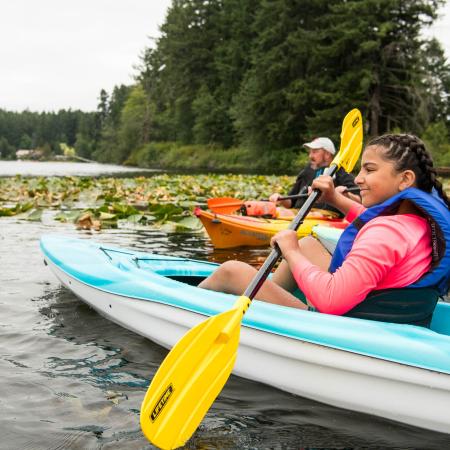
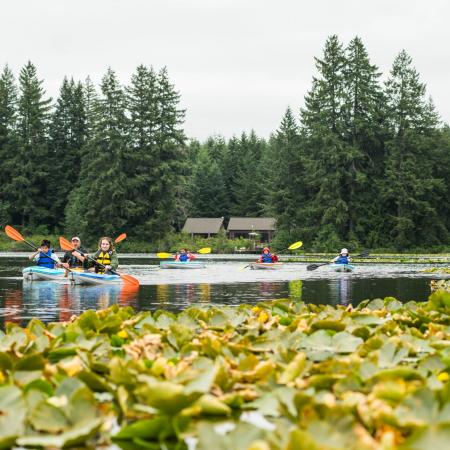
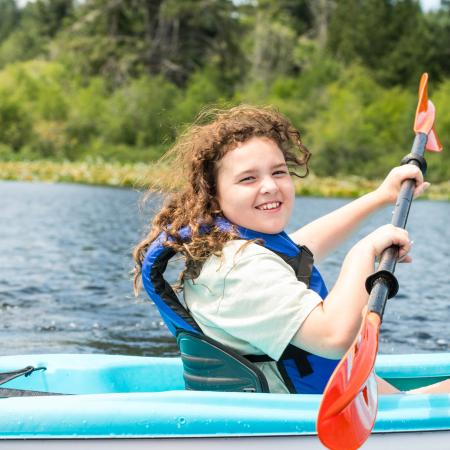
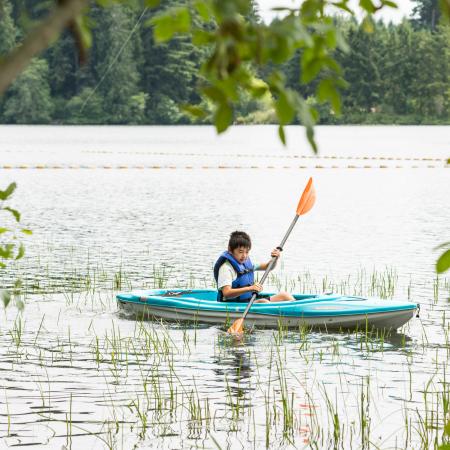
Kayaks, canoes, and stand-up paddleboards (SUP) are subject to boating laws and regulations. You are urged to paddle responsibly to prevent accidents, minimize impacts, and avoid conflicts with other boaters.
The following guidelines are to help you prepare before you head out on your paddling adventure:
Wear a life jacket when on or around the water. If you do not own a life jacket, you may borrow one from one of hundreds of free Life Jacket Loaner Stations across the state.
Without a leash, a paddleboard can drift out of reach in a matter of seconds. Staying tethered to a paddleboard provides extra flotation and a chance to stay alive in an accident.
Carry the essentials for safety, emergency communications and comfort. State law requires paddlers to carry a sound-producing device, such as a whistle – even on a stand-up paddleboard. Other essentials depend on the type of waterway and length of trip.
Marine weather can be different than on land. Check the weather frequently before and during your trip, keeping an eye on current conditions and forecasts. Know your route, and be aware of whitewater, rocks or other hazards that are beyond your skill level.
Prepare a float plan, one that includes your contact information and the details of your route to leave with family or friends.
Be prepared to get back on your boat if you fall off! For some vessels, this might be more difficult than you’d expect. Practice in safe conditions with your life jacket on!
Washington’s diverse waterways require different skills, preparation and safety equipment for paddlers. We recommend you take courses to learn the laws that apply, emergency procedures, navigation rules and paddling techniques — all of which will enhance your experience.
Know the laws and keep yourself and others safe. Take a course to increase your knowledge of paddlesport safety, emergency procedures, and navigational rules. Some courses include:
You can find in-person classes through local clubs and outfitters, city and county parks and recreation departments and online.
Not all vessels are created equal and not all paddlers should venture out on any waterway. Make sure your vessel and skill level are suitable for the paddling conditions you’re choosing. Good swimming skills and practice on a small, sheltered lake are recommended before paddling on open waterways.
Use the Find a Park Page to see maps and visitor guides for a specific park.